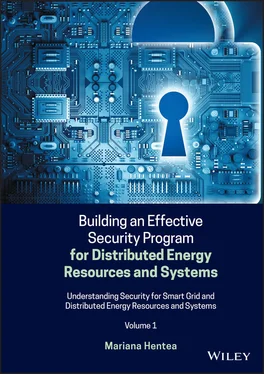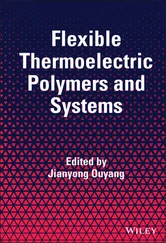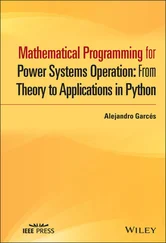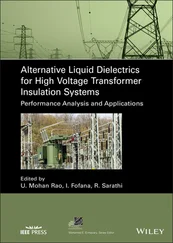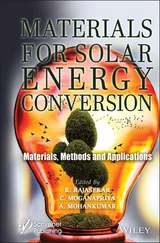Although ZigBee technology offers advantages (e.g. low cost, relatively small bandwidth use), its operation in unlicensed frequency of 868 MHz and 2.4 GHz could have interference with other Wi‐Fi, Bluetooth, and microwave signals.
Advantages of the cellular networks include already existing infrastructure with wide area of deployment, high rates of data transfer, and available security algorithms that are already implemented in the cellular communications, but major disadvantage is sharing cellular networks with other users, so they are not fully dedicated to the Smart Grid communications; their use be a serious problem in case of emergency state of the grid.
Advantages of the PLC are already established as widespread infrastructure that reduces installation costs; disadvantages are presence of higher harmonics in the power lines that interfere with communication signals and limited frequency of communication.
Therefore, with each technology used for Smart Grid implementation, there should be more vigilance in early identification of the security challenges of that technology in the environment to be used such that a decision for risk mitigation in terms of acceptance, transfer, or avoidance must be made before and during the design phase. As highlighted in [Baimel 2016], the success of the Smart Grid depends directly on reliable, robust, and secure communication system with high data rate capability.
1.2.5 Secure Energy Infrastructure
Figure 1.12depicts the relationship between secure energy infrastructure and Smart Grid characteristics to include power system reliability, power quality, integrated communication, and compatible devices and appliances.
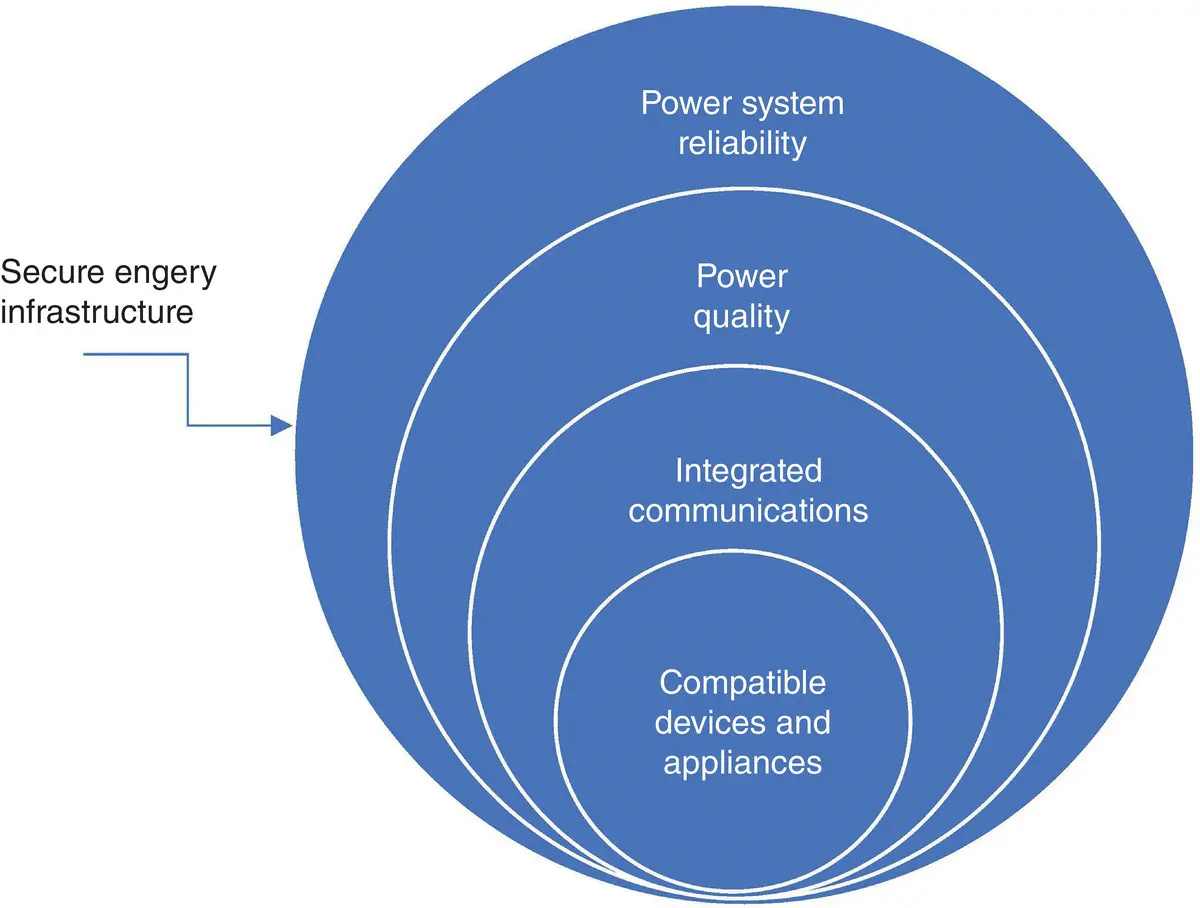
Figure 1.12 Relationships on secure energy infrastructure.
Besides employing security controls to protect systems or networks, this work [Liu 2018] highlights the need to ensure that networks are deployed in configurations that allow them to have resilience in spite of cyber attacks being present. Network resilience is the ability of the network to withstand harm or to return to an acceptable operational condition after it has been harmed by external perturbations. From a network perspective, adversarial resilience happens through two basic mechanisms:
Properly setting up the connections between entities in a network to withstand threats and allow network protocols to have an avenue for redirecting communications when connections are broken.
Through feedback mechanisms that call forth additional redundancy in the network’s design to repurpose components to meet new challenges.
The resilience requires a network topological structure that can be adapted to provide enhanced resilience to attacks against a network. The authors argue that the performance and resilience of communication networks are intimately tied to their underlying topological structure. Networks whose topological graphs do not exhibit sufficient interconnection are brittle and can be easily broken by network attacks that break links or remove nodes from the network. Representing a network as a graph, the authors explore the notion of network connectivity as quantified by the Fiedler value. The magnitude of this value reflects how well connected the overall graph is. It has been used in analyzing the robustness and synchronizability of networks. The Fiedler value can be used by an adversary to determine locations where to attack a communication network and, conversely, how it can be used by network defense protocols to strengthen the network, thereby providing resilience to network attacks.
Due to the distributed nature of these DER systems, it becomes necessary to properly interconnect them with the rest of the Smart Grid network [ENISA 2016]. These communication networks must cover all the devices from the DER systems in order to enable remote control from the utility and operation centers and ensure their efficient interaction within the whole grid. Furthermore, as they are distributed, these communications will need to be secured to protect them from attacks and accesses from unauthorized users.
1.3 Distributed Energy Resources
Distributed energy resources or DERs are dispatchable energy generation and storage technologies, typically up to 10 MWs in size, that are interconnected to the distribution grid to provide electric capacity and/or energy to a customer or a group of customers and potentially export the excess to the grid for economical purposes. Distributed generation (DG), distributed resources (DR), DER, or dispersed power (DP) is the use of small‐scale power generation technologies located close to the load being served. DERs may be subdivided into:
DG, which can be classified as:Renewable generation, e.g. small wind power systems, solar photovoltaic (PV), fuel cells, biofuel generators and digesters, nuclear, hydro, and other generation resources using renewable fuelNonrenewable generation, e.g. microturbines, small combustion turbines, diesel, natural gas and dual‐fueled engines, etc.
Distributed storage, which can be classified as electric storage, mechanical, electrochemical, thermal, etc.Electric storage, e.g. battery systems and uninterruptible power supplies (UPS), flywheel, superconducting magnetic energy storage (SMES), etc.Thermal storage – these convert electric power to thermal (cooling/heating) energy for later use, e.g. ice‐based air cooling system and high‐capacity brick‐based air heating system.
Plug‐in electric vehicles (PEVs) and hybrid vehicles (PEV/PHEV) may also be considered as DER; the EVs may be used to supply stored electric energy back to the grid.
DERs are small, modular, energy generation and storage technologies that provide electric capacity or energy where it is needed. A unified and generally accepted definition of DER does not exist, so many definitions have evolved from different perspectives over time.
The current trend to a utility infrastructure containing DERs (also called DG), energy storage systems, and central control may offer future relief from grid‐transmitted and facility‐caused disturbances. The financial impacts of less than adequate power quality and reliability and the consequent demand for solutions, coupled with the unique characteristics of DERs, offer an opportunity for more rapid deployments of DERs as primary and/or backup power supplies. DERs have the potential to overcome utility and site‐specific supply problems and to help compensate for other developing limitations of the existing distribution grid.
A DER is a device that produces electricity and is connected to the electrical system, either behind the meter in the customer’s premises or on the utility’s primary distribution system. A DER can utilize a variety of energy inputs including, but not limited to, liquid petroleum fuels, biofuels, natural gas, sun, wind, and geothermal energy. Electricity storage devices can also be classified as DERs.
DERs are smaller power sources that can be aggregated to provide power necessary to meet regular demand. As the electricity grid continues to modernize, DERs based on storage and advanced renewable technologies can help facilitate the transition to a smarter grid [EPRI 2015].
1.3.1 DER Characteristics
The following includes a list of key characteristics for DERs:
Generate electric power.
Provide energy according to the consumer demand.
Run on fuel or use previous stored energy can be dispatched for a given period of time.
Small‐scale power generation sources located close to where electricity is used.
Читать дальше
